
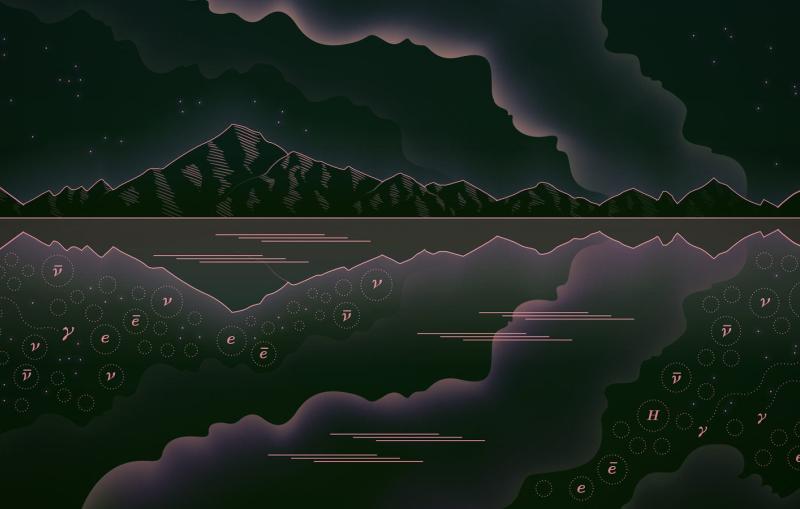
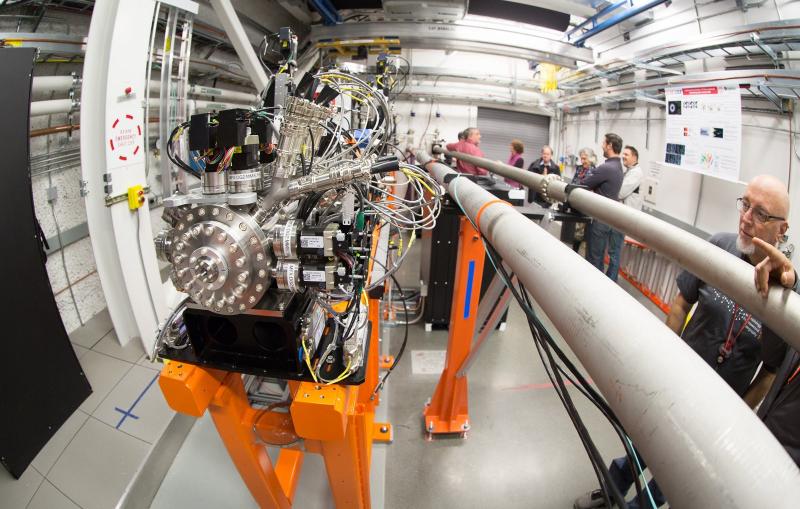
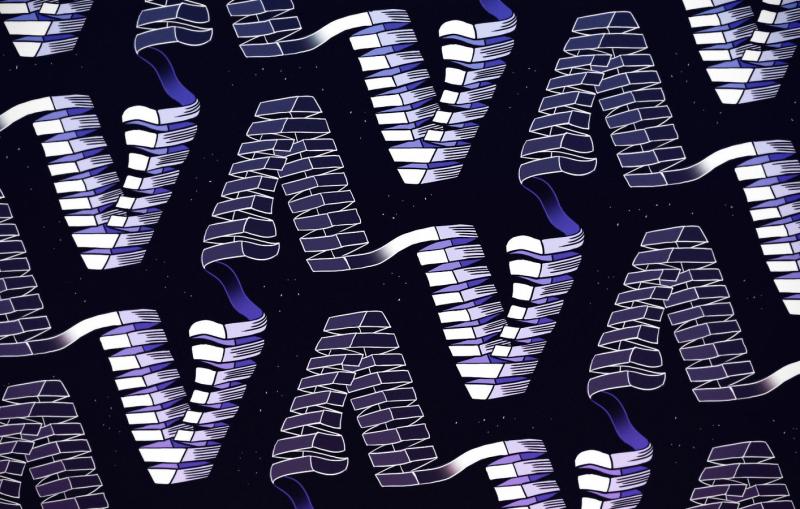
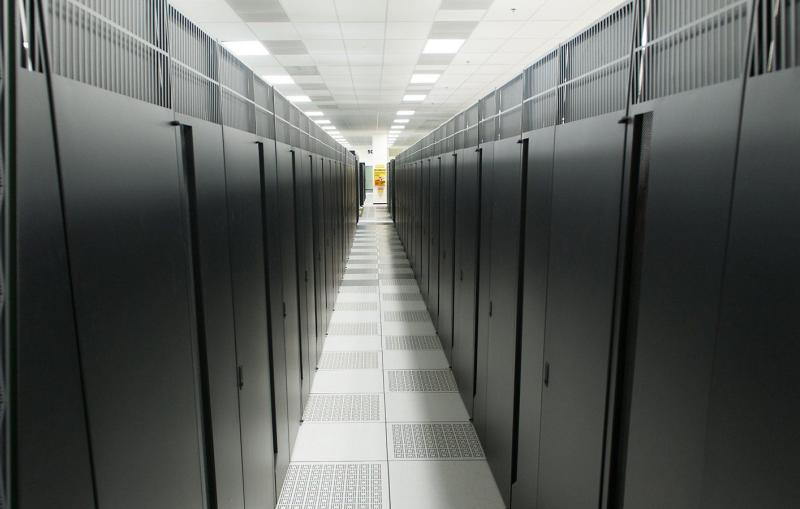
News Feature
VIA Stanford Energy
New Stanford Battery Shuts Down at High Temperatures and Restarts When it Cools
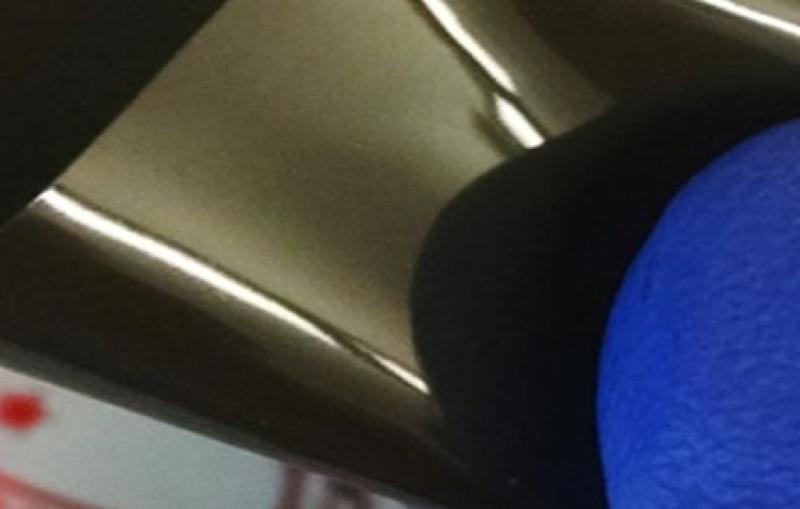
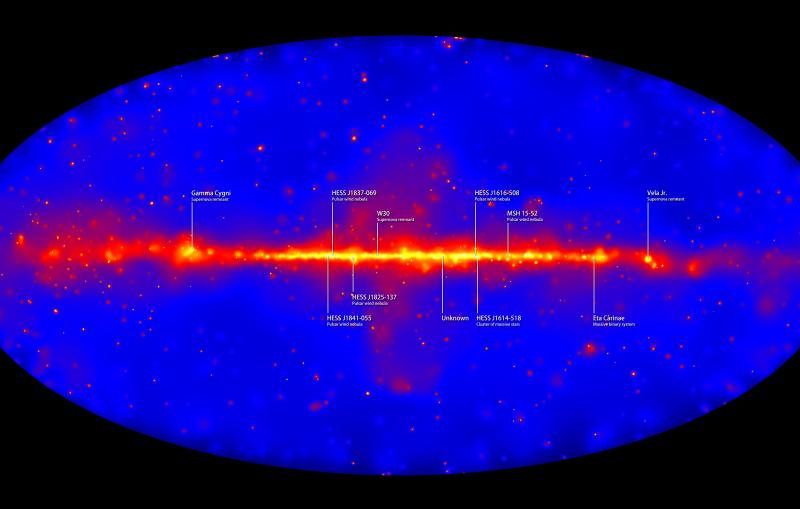

The latest news about SLAC research, science programs, facilities and people.
More on our News Center and Media Resources pages







